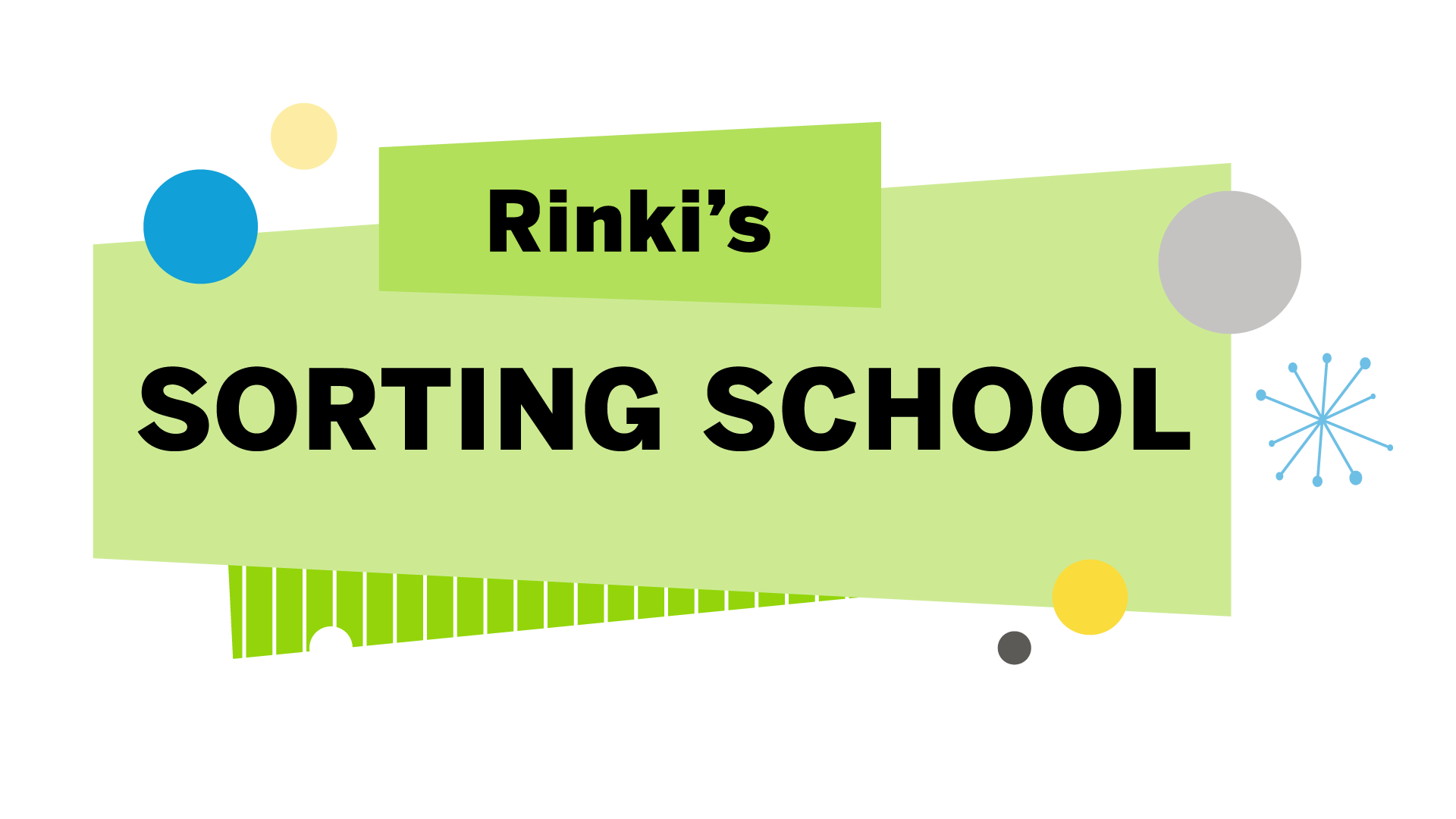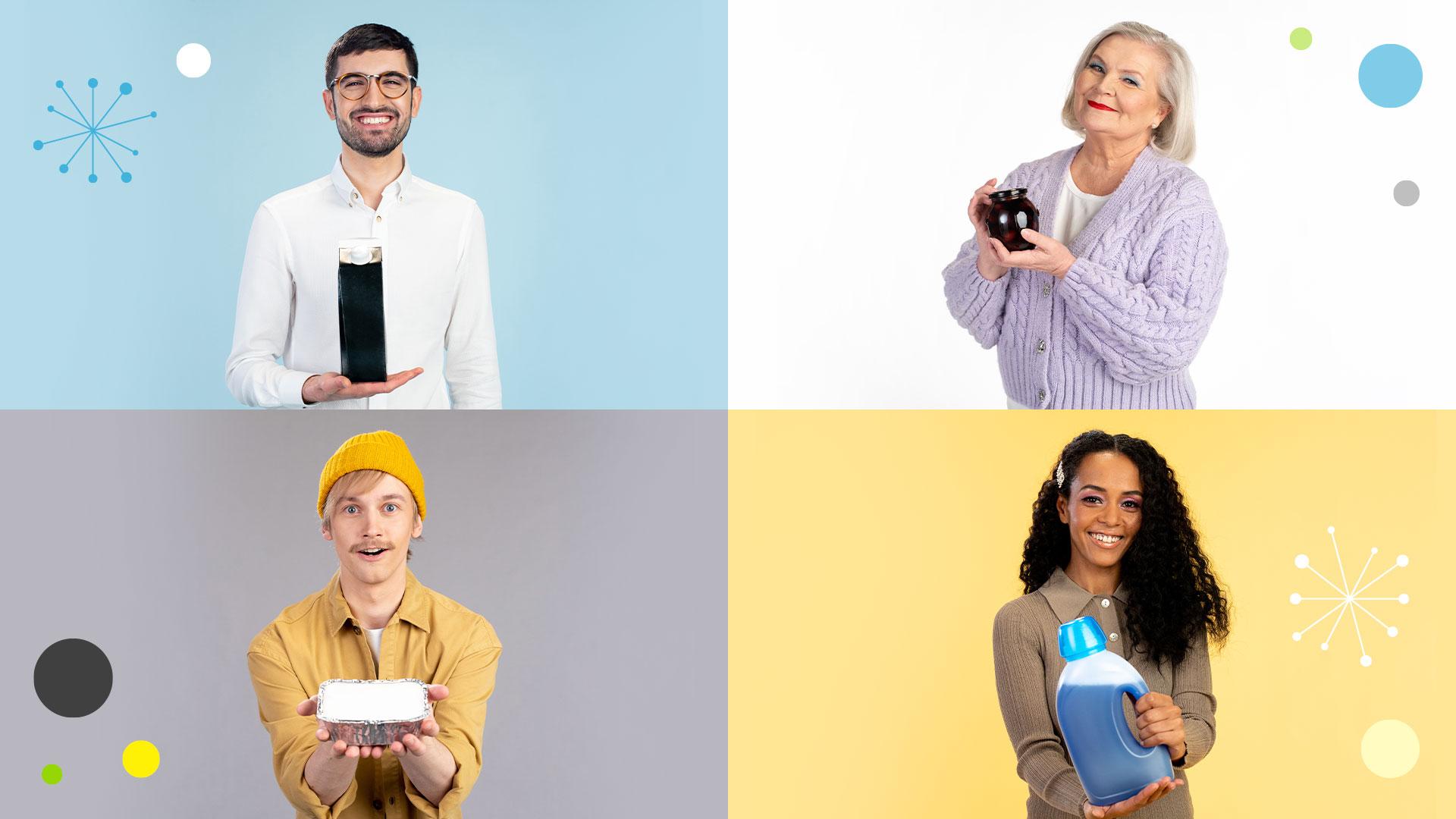
Welcome to Rinki’s sorting school!
Let’s make sure that packaging is recycled!
Almost all products are packaged in some kind of packaging. Packaging protects products from the environment and also the environment from the products.
Empty packaging must be recycled, of course. This way, it can then be used as a raw material for the manufacture of new products, which saves energy and natural resources and mitigates climate change. Sorting and recycling are part of sustainable consumption; they are eco actions we can all include in our daily routines.
But do you know how to sort used packaging? All right, time to get your pens and notepads out – let’s get started!
Basic studies
Identify the packaging
Let’s start with the basics. Packaging comes in different sizes, designs and materials. I’m sure you have plastic, cardboard, glass or metal packaging at home, too.
All types of packaging serve the same purpose: they do their best to protect products. When the packaging has done its job, it needs to be recycled. Your nearest recycling container can be found either at the building where you live or at a Rinki eco take-back point.
Dirty packaging must not be put into recycling containers, but rinsing the packaging is enough. A good rule of thumb is for the packaging to be clean enough for you to store it at home without it starting to smell. It is better to put very dirty used packaging into a mixed waste bin.
Please remember that each recycling container is meant for consumer packaging waste made of a specific material, so don’t put any other materials in them.

Advanced studies
Recycling is always a great idea
Recycling is not rocket science and its benefits are also quite easy to understand.
Benefits for the environment: it is important to keep materials in circulation for as long as possible. When we recycle packaging, we reduce the collection, transport and handling of new raw materials, which, in turn, saves energy. And when we decrease our energy consumption, we also generate less carbon dioxide. Recycling is perhaps the easiest way to fight climate change.
Benefits for you: you save money by sorting and recycling, as emptying a mixed waste bin is more expensive than other waste. The most valuable thing, however, is feeling that you have done your bit for the well-being of our planet.
Material-specific studies
Lesson 1: Carton
Flattening carton is child’s play
Before you throw carton packaging into the recycling container, remember to flatten it! By flattening and stacking cardboard packages inside each other you will be ensuring that there’s room left in the container for other people’s packaging. This will reduce the need to empty the container as frequently, whilst also reducing transport emissions. So go ahead: flatten, squeeze, rip – you choose your style.
The carton collection is for all carton and cardboard packaging such as cardboard boxes, food containers, wrapping paper, milk and juice cartons and kitchen roll tubes.
Summary:
- Is it packaging?
- Is it made of cardboard?
Good. Flatten it and put it into the container for carton packaging. If you’re in doubt, have a look here to see what goes into the carton collection.
Lesson 2: Plastic
Recycle your plastic packaging!
We need to recycle every single piece of used plastic packaging. Don’t throw your plastic packaging into the mixed waste bin, but make sure to put empty packaging into a plastic collection container.
When sorting plastics, it is important to remember that there are different types of plastics, so you should remove films, caps and dispenser pumps from the packaging and place these into the collection container separately.
Summary:
- Is it packaging?
- Is it made of plastic?
Good. Put your empty packaging into the container for plastic packaging. If you’re in doubt, have a look here to see what goes into the plastic collection.
Lesson 3: Glass
Sort your glass packaging but not your glasses
Glass is used for many purposes – packaging, dishes, windows and pan lids. Please remember that only glass packaging, i.e. empty glass jars and non-deposit glass bottles, goes into glass packaging waste. It doesn’t matter what colour it is. All other glassware products and ceramics go with mixed waste.
Remove caps and lids and sort them according to the material they are made of. Rinse glass packaging and put it into a glass collection container.
Summary:
- Is it packaging?
- Is it made of glass?
Good. If necessary, rinse it and put it into the container for glass packaging.
If you’re in doubt, have a look here to see what goes into the glass collection.
Lesson 4: Metal
Recycling metal is not so heavy
You can recycle almost all the small metal waste objects that you have in your home: aluminium containers for ready-made meals, lids and cans as well as metal cutlery, nails and pans.
Not sure if your packaging is made of metal? Perform a scrunch test: if the packaging does not return to its original shape, it is metal. If it returns to its original shape, it’s not metal. Simple as that.
Summary:
- Is it packaging?
- Is it made of metal?
Good. If necessary, rinse the packaging and put it into the container for metal packaging. If you’re in doubt, have a look here to see what goes into the metal collection.
Final exam
Congratulations, you have completed all the lessons. Before we give you your diploma, you’ll need to pass the final exam.
We hope you took down some good notes? You still have time to go through your notes if you feel unsure about anything.
If you’re ready to take the sorting test, start the final exam below. Good luck!
Further studies
Ten out of ten in tidiness
There are more than 1,800 Rinki eco take-back points in Finland, and we are all responsible for keeping them tidy.
To ensure that visiting Rinki eco take-back points is easy and tidy, we have compiled a list of three things to remember:
- Only put consumer packaging waste into the collection containers, and use the correct container for each material.
- Don’t leave anything outside the containers.
- If you notice that a container at a Rinki eco take-back point is full or that a press machine is broken, please contact our customer service team free of charge. We’ll sort it out.
0800 133 888
(Mon-Fri 7-21, Sat 9-18) freephone
asiakaspalvelu@rinkiin.fi
Do you have any other questions? See the frequently asked questions.

